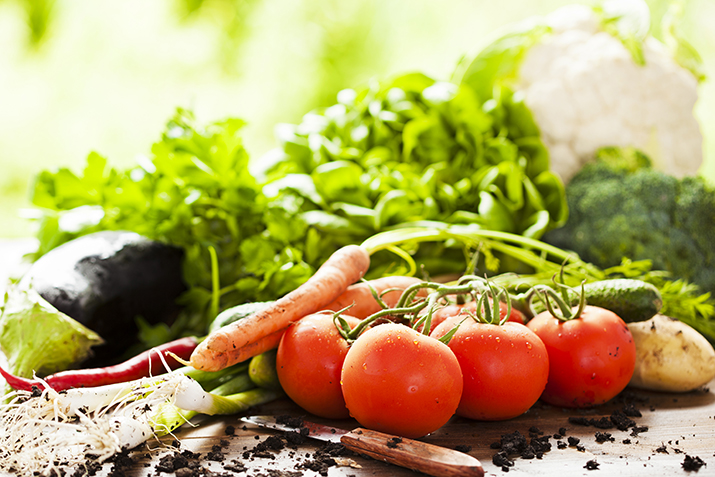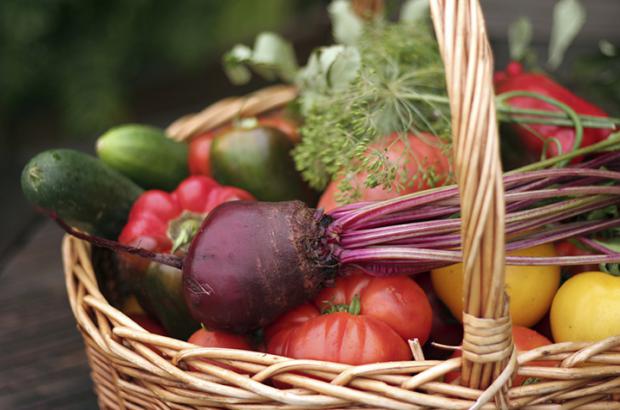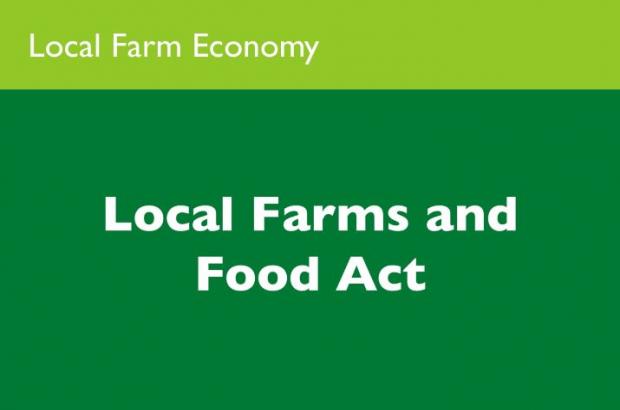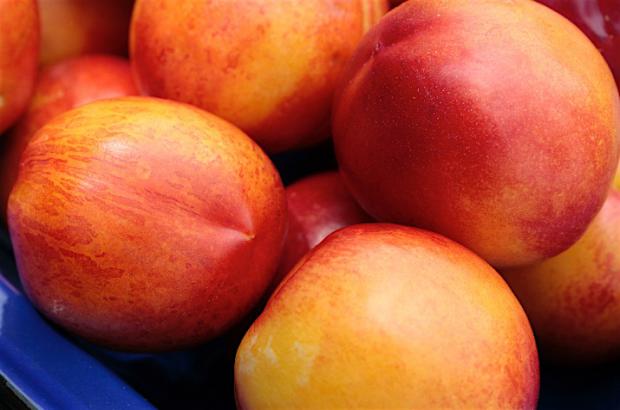Article
Eat Local! Celebrate Local Foods!

The local foods movement has taken root nationwide. Where other trends have come and gone, the local foods movement is stronger than ever, fueled by a growing desire for transparency in food production practices, knowing where our food dollars are going, and the sheer delight of eating a freshly picked tomato.
It's a movement to which food co-ops are deeply committed and have long supported. As the height of the local growing season spreads across the country, co-op grocers nationwide celebrate the freshest, best, and most delicious local foods. During the height of the local growing season, and throughout the year, co-ops offer unique ways to explore and enjoy the bounty and benefits of eating locally sourced foods.
During the height of the local growing season, food co-ops from coast -to-coast offer opportunities to learn about and enjoy the array of locally produced foods. They also offer eat local food challenges, film screenings, in-store promotions and more. Shoppers are encouraged to participate in co-op events and set local food goals for themselves to fit their lifestyle, whether it's eating one meal a week made with local foods or trying to source a specific percentage of meals locally.
There's no better time than summer to celebrate local foods when the bounty and diversity of local foods are at their peak.
Local producer connections in video series
Co-op support of local producers is also showcased in Co+op's video series which celebrated the International Year of Cooperatives in 2012. The United Nations declared 2012 as the International Year of Cooperatives to raise awareness of ideas or initiatives that truly make the world a better place. The series, hosted by 'Top Chef' finalist Chef Kevin Gillespie, demonstrates how support for local foods is just one of the ways that food co-ops are helping build a better world.
What constitutes local?
So, how exactly is local food defined? That depends. Definitions vary from co-op to co-op based on geography and climate, among other factors. For some, local might be defined as a 100 mile radius; for others it might be a tri-state region. But regardless of the variation in definitions, at your co-op you'll find numerous opportunities to explore and enjoy flavorful local options and support the growers and producers who make this fresh, delicious food possible.
Why eat local?
Food co-ops nationwide cultivate relationships with local growers and producers in order to support local farmers and provide the freshest, highest quality products for co-op shoppers. Together, food co-ops and local producers create viable market opportunities for local products, while giving co-op shoppers a convenient and close connection to fresh, delicious food of the highest quality.
Each region has a unique variety of products available during the peak harvest season. Eating local foods celebrates the diversity of communities and supports local food producers.
Local food benefits co-op shoppers, growers, communities and the environment. Local foods are fresher, taste better, and typically retain more nutrients by traveling faster from field to plate instead of spending days or weeks in shipping.
In addition, eating local helps preserve and even stimulate the local economy, as dollars spent on local foods support regional farmers and producers. By keeping their wages in the community, much of the income they earn and the taxes they pay go right back into the local economy.
Locally owned by members of the community, co-ops keep their investment dollars in the vicinity by supporting local farmers, food artisans, and other local businesses, and providing jobs for people in the area.
As longtime supporters of local food, many co-ops hold a variety of events, celebrations and have resources available that can help enrich the celebration of local foods—so be sure to ask at your co-op.
More information
Check out related local food articles and resources in our eating local collection and search our site for recipes based on what's in season where you live.













